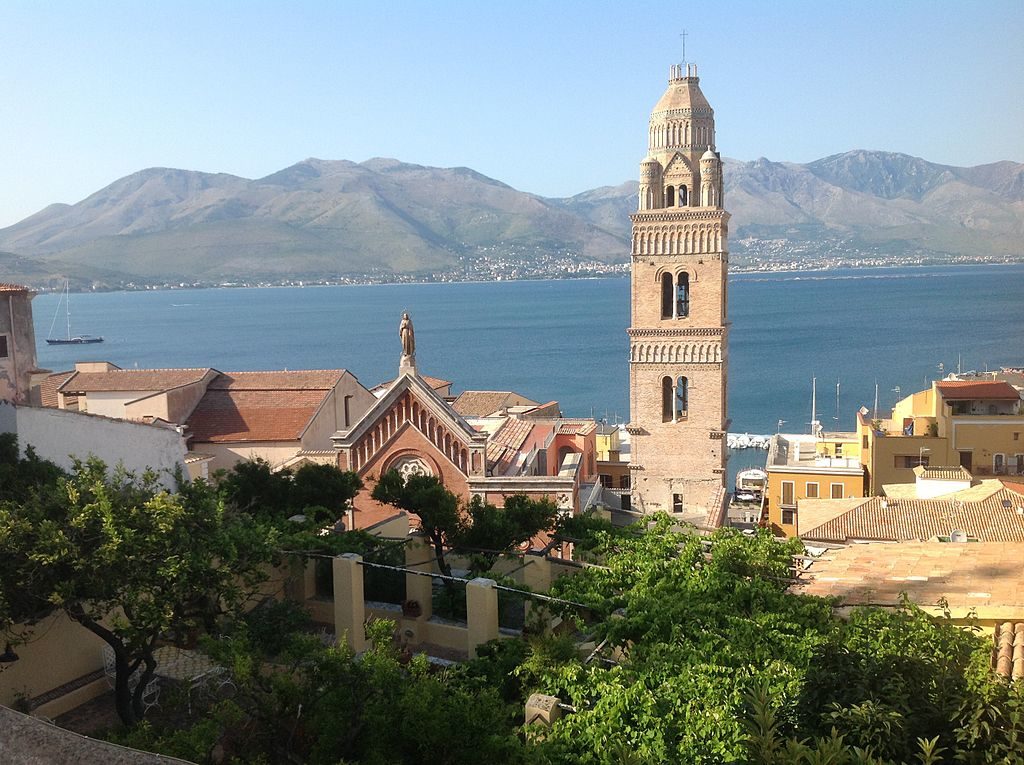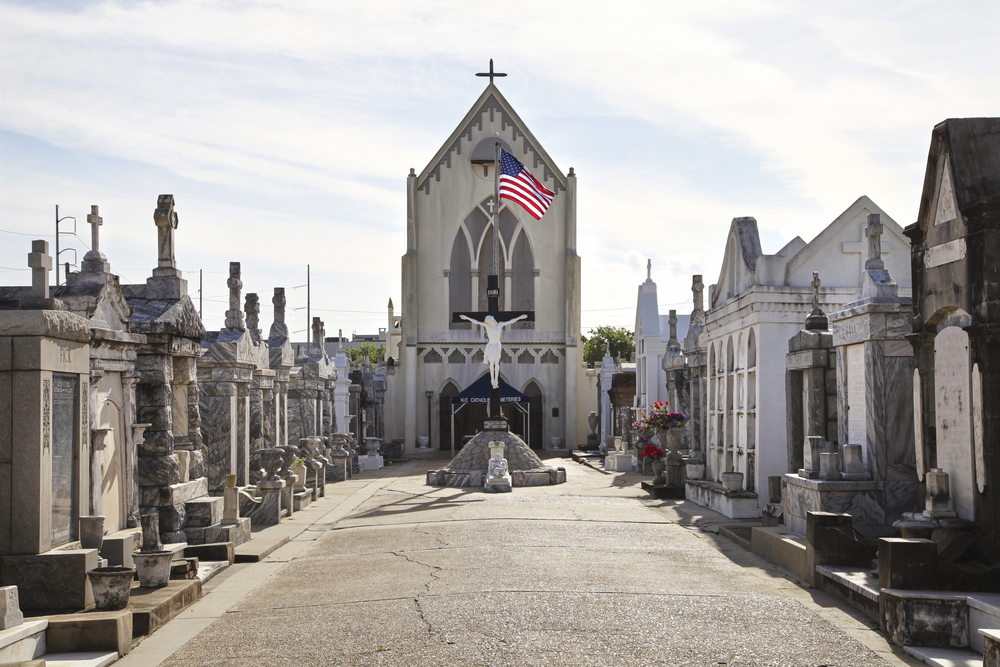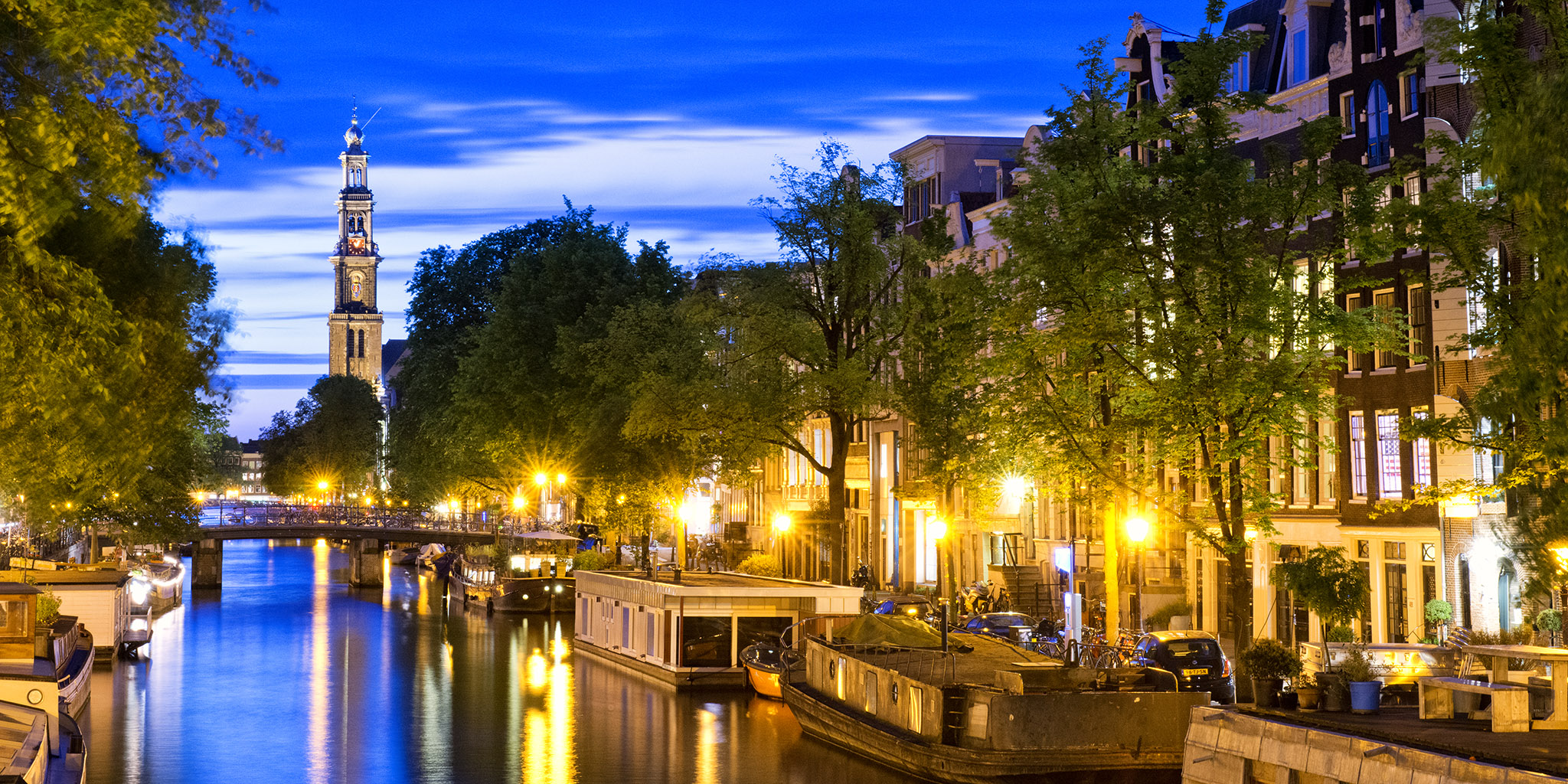The Cathedral is one of the "hundred churches", located within the medieval quarter near the port. The church is dedicated to Mary Assumed into Heaven and since 995 also to the Saints Erasmus and Marciano. The Cathedral, dating back to the late Middle Ages, is divided into seven naves and is supported by 6 rows of Roman columns, still partly visible today. In the basilica was crowned Pope Gelasio II (1118-1119) at the century Giovanni Coniulo, monk of Montecassino native of Gaeta.
In front of the ambo is Il lettorino (XII century), pertinent to one of the two pulpits: the sculpture represents a bearded man with a snake clinging to his body, with an eagle on his head and under his feet a lion with a dog or a lamb under him. The enigmatic sculpture is ascribed to the symbolism of man’s salvation from earthly miseries and is related to the Gospel text above it.
Since the Middle Ages, the candelabrum for the Easter candle has been placed near the pulpit (13th century). The candlestick is ideally divided by the sculptor, horizontally into twelve narrative levels, and vertically into four bands: hence the forty-eight panels. The narrative cycle is divided into two parts of twenty-four scenes each. The two vertical rows (towards the assembly) narrate the deeds of Christ, through the canonical and apocryphal Gospels; the other two rows (towards the altar) describe the passio of St. Erasmus.
From the medieval cathedral, part of the transenna or iconostasis with evangelical and mythological figures in relief (13th century) has been preserved. The cosmatesque decorations depict a griffin, an angel with an open book (St. Matthew), an eagle (St. John) and a mermaid with two tails. Four other panels now in the Isabella Stewart Gardner Museum in Boston complete the transenna: the deer, the winged lion (St. Mark), the bull (St. Luke) and the basilisk.
The extraordinary bell tower shows numerous Western artistic contaminations with Islamic elements. The bell tower, inside, is one of the few that is finished with an octagonal element and four small cylindrical towers covered by domes.













